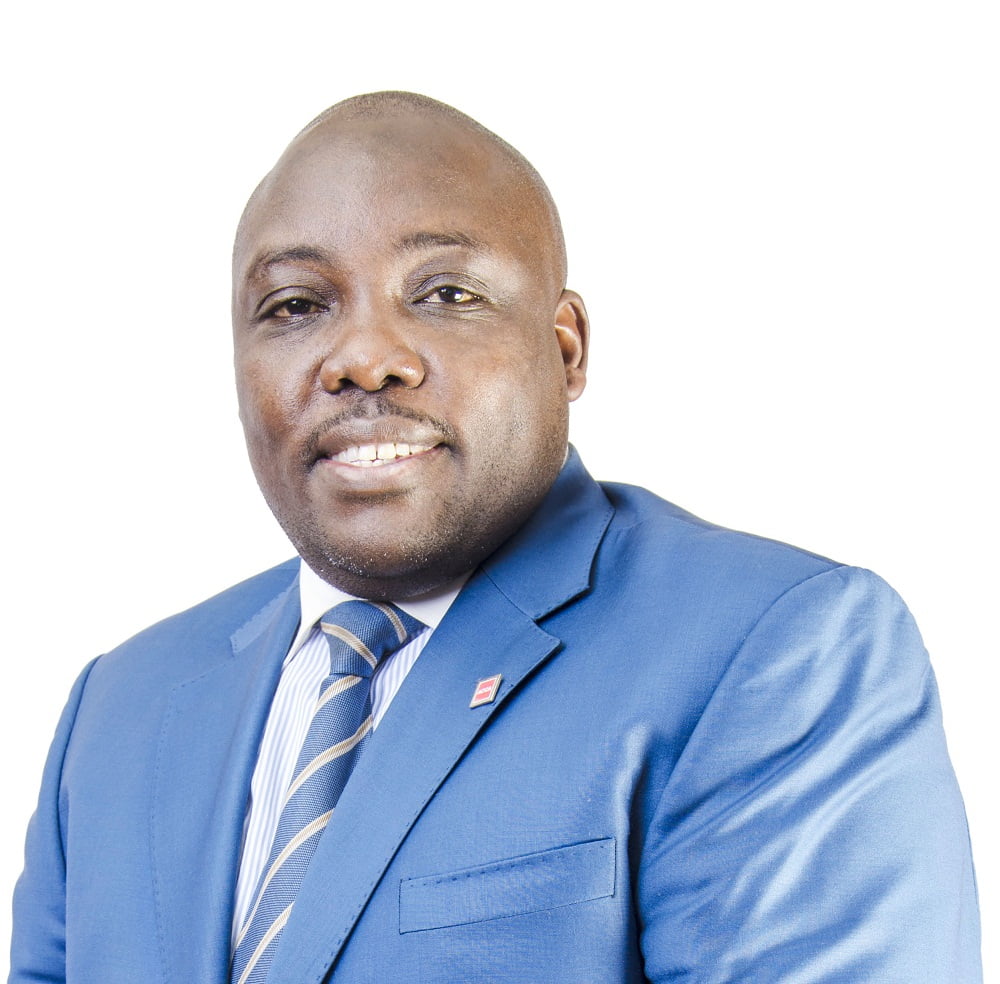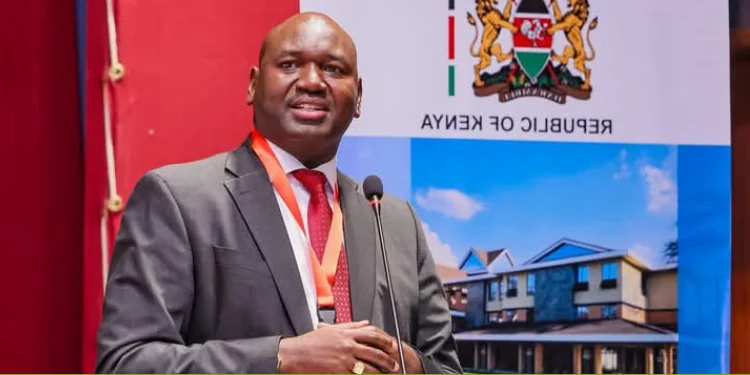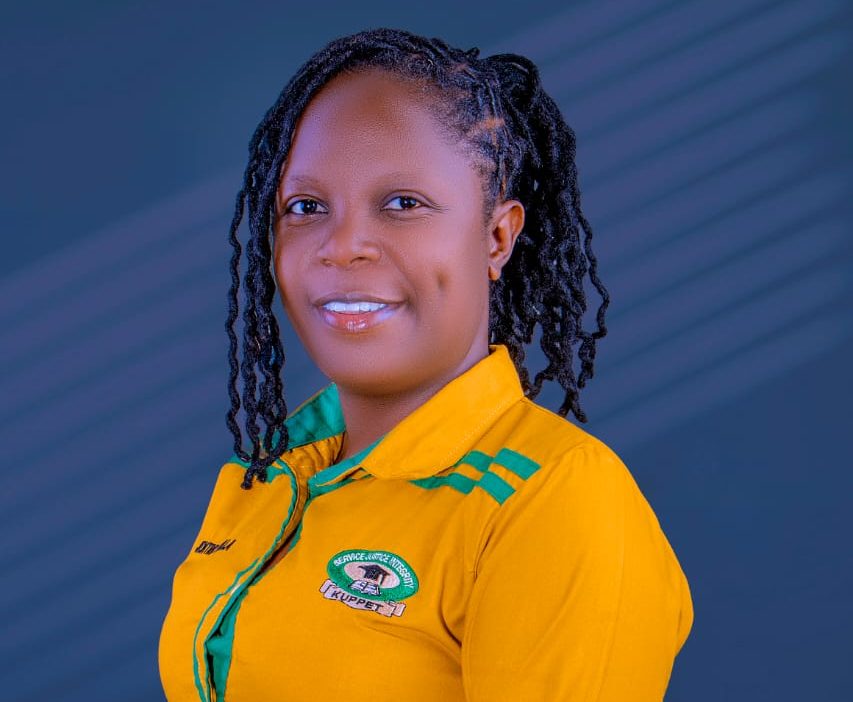By Roy Hezron
The Higher Education Loans Board (HELB) is looking for alternative sources of funding to meet the growing demand by students to access education.
According to HELB, the fund manager can no longer rely solely on government funding to meet demand.
Allocated Sh16.86 billion for the government’s financial year 2020/2021, HELB projects demand for funding for those joining university to shoot to Sh40 billion per annum by the year 2030.
Speaking at Safaricom head offices on March 2, 2021 during the signing of the HELB M-PESA Mobile Payment Solution, HELB Chief Executive Officer (CEO) Charles Ringera noted that they should now stop depending on government funding and focus on other available alternatives notably increasing the rate of loan recoveries.
“Traditionally, HELB has depended on government capitation for funding. Lately, however, there has been pressure to shift dependence from government capitation to recoveries and mobilization of external resources,” said Ringera.
During the financial year 2020/2021, the board managed to raise a total of Sh. 5.56 billion in form of Appropriation in Aid (A-I-A), which was raised outside the government capitation.
In the same financial year, the board’s total budget was estimated to be Sh16.86 billion compared to Sh11.3 billion capitations from the government, against the backdrop of the social-economic challenges currently facing the country notably COVID-19 pandemic.
Between 2013 and 2021 the Balance Sheet has tripled from Sh31 billion to current standing at Sh95 billion.
Over the last 5 years, HELB has entered into over 32 partnerships, which have led to mobilization of over Sh1.4 billion outside Ministry of Education budgetary allocation.
The board has currently instituted innovative strategies to recover loans from past beneficiaries which have resulted to an increase in recoveries by over 300 per cent in the last 5 years.
In the last financial year of 2019/2020, HELB recovered over Sh4.4 billion from past beneficiaries and it’s currently targeting to recover Sh5 billion in the current financial year of 2020/2021 amidst COVID-19 impact on loanees.
“So far, there is evidence of job losses and suppressed business activities, which has had negative impact on HELB collections and external resource mobilization activities,” added Ringera.
However, the board is still in talks with loan beneficiaries on Debt restructuring mechanism such as paying off using other financiers through the board’s dedicated Debt Management team
The loan book performance has however been greatly affected by COVID-19, which has led to more pressure on the board’s capacity to fund more students.
On the other hand, the board is in process of inventing Robotics like Artificial Intelligence (AI) to serve customer similar to Zuri from Safaricom, which will enable the board reach customers in Pemba and Manda island, Moyale, Erwak, Sabaret, Sololo, Marsabit, Laisamis, Maikoma, Kargi, North Horr, Kakuma, Lokichogio, Mandera, and Wajir among others.
The interest charged is 4 per cent per annum on reducing balance for direct entry student loans, which is way below average cost of capital in Kenya.
The loans mature one year after graduation or earlier depending on the beneficiary’s ability to repay.






